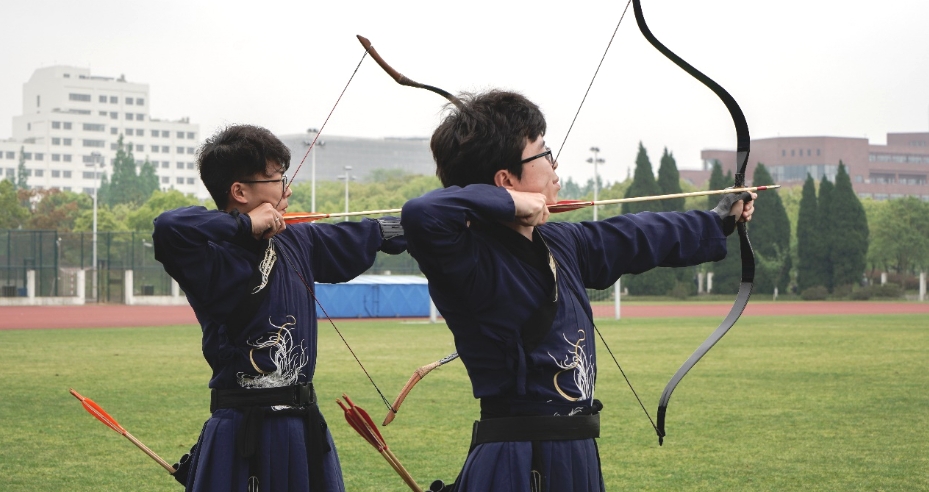Release time:2025-02-27 14:41:00Clicks:author:SPG ArcheryMain categories:Bows, Arrows, Archery Accessories

What is fault tolerance? It is to avoid the impact of improper posture when shooting arrows. For example, two bows of the same poundage but different types shoot the same arrow. If the posture is incorrect, one arrow will hit the target straight and the other will hit the target crooked. The fault tolerance of the bow that hits the target straight is better than that of the bow that hits the target crooked. It avoids the impact of incorrect posture. Fault tolerance can also be reflected in arrows. Today, we will talk about the fault tolerance comparison between longbows and recurve bows.
Why is the fault tolerance of longbows better than that of recurve bows? The above only talks about this fault tolerance reflected in avoiding improper posture, but does not talk about how longbows are made and why recurve bows cannot do it. Now let's look at the comparison of the bow tips of recurve bows and longbows:
From the above picture, we can see that the bow tip of the American hunter is infinitely close to a straight line, and the bow tip of the recurve bow, as the name suggests, is bent in the opposite direction. The characteristics of these two bows are that the bow tip of the American hunting bow is relatively hard, and there is basically no twisting of the limbs; the recurve bow is relatively soft, and you often hear that the limbs are twisted, which basically happens on the limbs of the recurve bow.
The performance of the recurve bow is very obvious. As can be seen from the above picture, as long as you bend it gently, it will cause deformation. Then, when the full bow is formed, the posture is not in place, which will cause the limbs to deform irregularly. The worst may be twisting, and the minimum impact is that the kinetic energy conversion is not in place, which will cause the arrow's flight trajectory to be irregular and seriously deviate.
The longbow almost does not show this deformation value. The above picture shows that I bent it hard, and there is almost no deformation. Imagine that after the full bow is opened, the posture is slightly not in place, and it will not cause the bow tip to deform, and it will not affect the angle of potential energy conversion into kinetic energy. In summary, under the same circumstances, the longbow is relatively more tolerant to posture errors than the recurve bow.
Then the question is again, why don't longbows be used in the Olympic archery competition, but recurve bows are required to compete? This is very simple. With the development of science and technology, the accuracy of recurve bows can be improved to the maximum value through various accessories. Archery is based on people, and talent is the key. Recurve bows have very high requirements for posture consistency. The national archery team has put a lot of effort into basic skills in training. There are special training subjects for posture, which are particularly boring in terms of training projects. Therefore, for friends who have practiced posture, this tolerance can be ignored. What needs to be considered is the pull feel, bow style, poundage and training route!